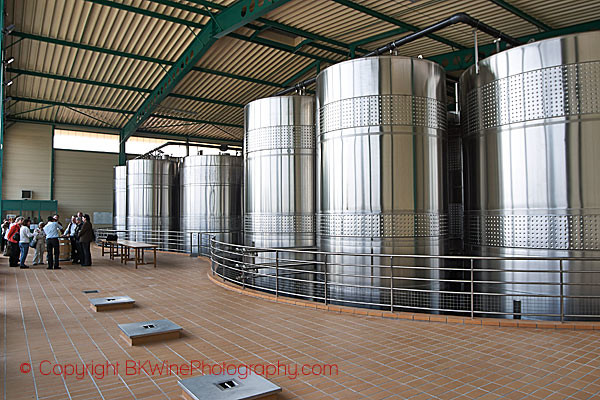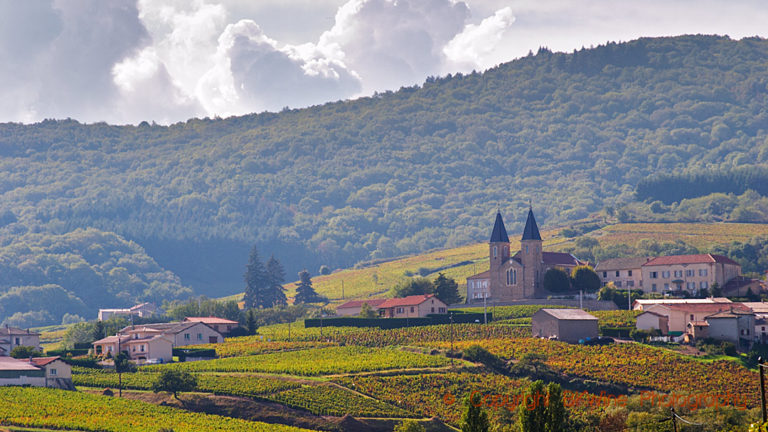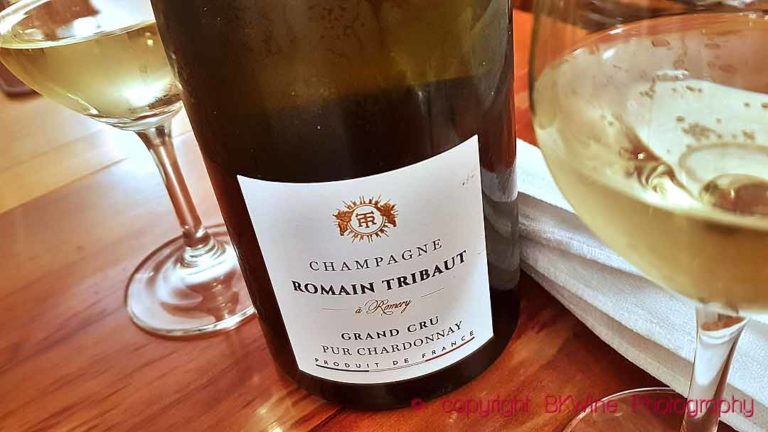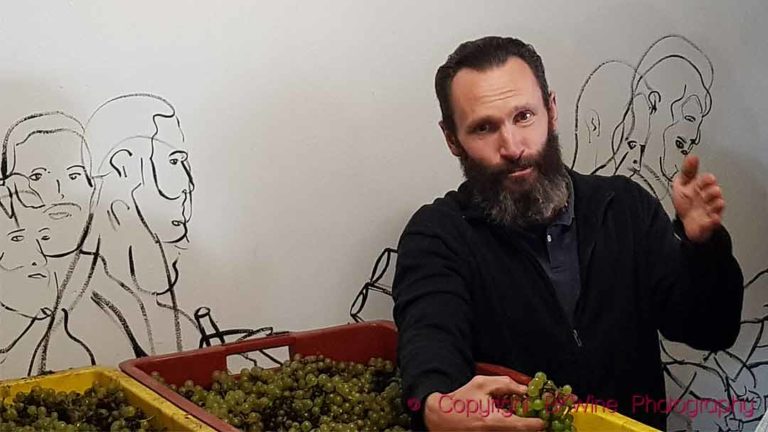Hervé Tucki is in town. He is the traveling world ambassador for one of the world’s best wine cooperatives, La Chablisienne in, of course, Chablis, France. The place is well chosen by the importer, The WineAgency. We are at les chambres séparées at the Wedholms Fisk restaurant in Stockholm. The guest list is a who’s who of Swedish wine journalists, in place to meet Hervé and hear him enthusiastically present and offer for tasting 11 different Chablis wines. All wines come from La Chablisienne and all will be on the market in Sweden sometime in spring.
Hervé succeeded his father in the same post 20 years ago so was virtually born into the job. He is, in other words, an expert and in his presentation of La Chablisienne he piles aphorism on aphorism to explain why the cooperative produces so good wines:
Work, work, and more work. La Chablisienne works every day with their producers. Not just 10 days before the harvest, but all year round. The more work you put into the vineyard before harvest, the less work it is in the cellar.
“We work with the winegrowers, not against them”, he says. “We are not policemen but we have developed a methodology book for our growers, we make checks and we give comments.”
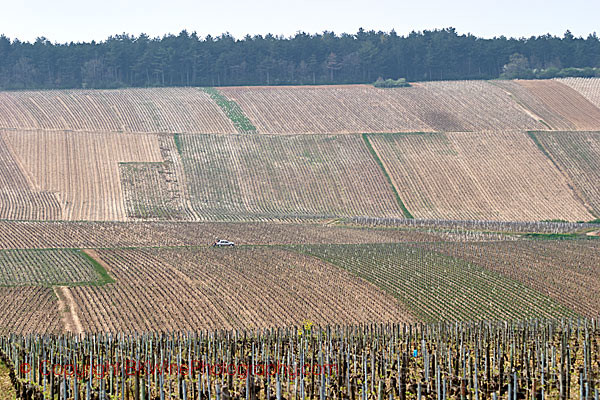
“La Chablisienne has available an amazing collection of different locations in Chablis. Our almost 280 different growers (coop members) are in all parts of the different Chablis appellations. In total, we make 25-30 different blends every year. We love to highlight the results and characteristics of the different places and soils in the wine.”
“A cooperative is a democracy. When it comes to making wine La Chablisienne is a dictatorship. We have a head winemaker, Vincent Bartement, who has the full responsibility helped by his small team. He became winemaker of the year in 2014, for the third time.”
“We love to use oak. We do not want the wine to taste the oak. Therefore we have very little new oak and we never buy used oak barrels. We love to age the wine for a long time, to reduce the fruit. If you want more fruit you should bottle after the first spring. But we do it after the second spring, preferably after 15-18 months. Then we age some of the wine in oak barrels, and another part in tank and at the end we make the blend. And we leave the wine on its sediments without ‘batonage’ (lees stirring).”
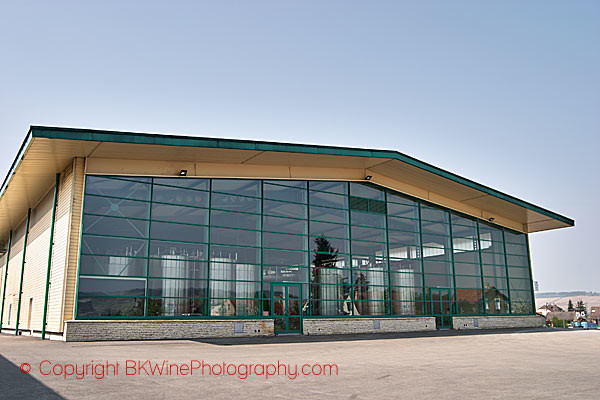
There are two types of soil, “portlandien” and “Kimmeridge”. Kimmeridge is the classic soil consisting of a mixture of limestone, clay and fossil oyster shells. All grand cru and premier cru vineyards have this soil. Portlandien is a similar soil that is slightly younger, geologically, and less calcareous. It is the main soil in Petit Chablis.
Hervé Tucki continues:
“Les Preuses (grand cru) is a fantastic vineyard for everyone who loves Chablis. I love this location; it has two levels. Our biggest part is in the southwest and is the highest with the biggest proportion of Kimmeridge soil, which is really poor. Our wines are a perfect reflection of this soil.”
“Chateau Grenouille is our biggest baby. La Chablisienne directly owns 7.8 ha of this vineyard that totals 9.4 ha. So we have all the responsibility, and we put in a lot of work. We are almost completely organic in our work. We do not use herbicides. We work the soil instead. We do not use anti-botrytis. We reduce the amount of grapes, the yield. We harvest by hand. In Chablis the maximum yield is 54 hl / ha for grands crus but we never exceed 45 hl / ha. In 2011 it was as low as 20 hl / ha due to spring frosts.”
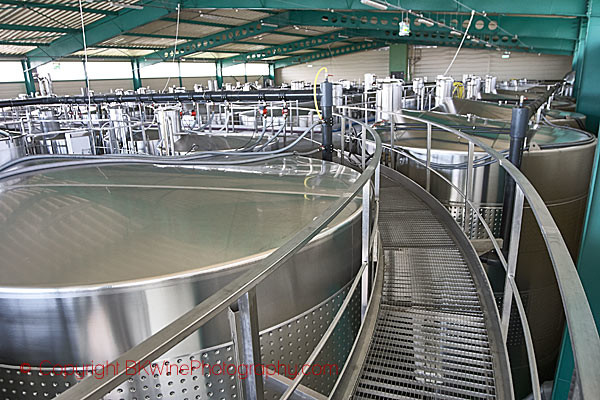
And now to the wines that Hervé served.
Petit Chablis Vibrant2014
~12 euro (all price estimates are based on retail prices in Sweden).
Hervé served this as an aperitif, which says he likes to do. It has a fruity aroma with both apple and pear, nice but not so complex. Fresh taste with a distinct acidity and certain intensity. Medium length and good value for money.
Chablis le Finage 2014
~14 euro.
Young, crisp, dry, intense aroma with notes of minerals and citrus, pineapple and salty, slightly “fat” and full-bodied. Fresh, full-bodied, long finish with hints of wet pebbles and oysters. Very good and very good value.
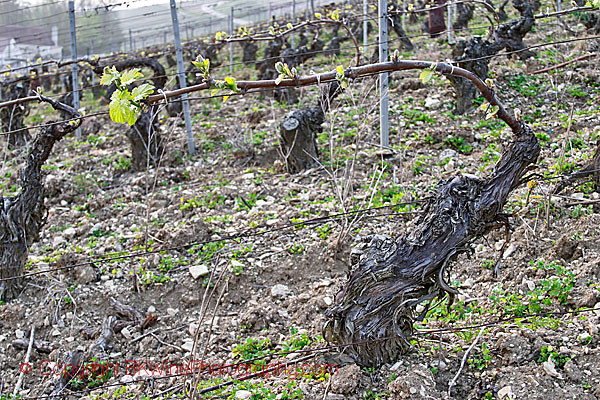
Chablis La Séreine 2011
~16 euro.
Soft, mature, fresh nose with apple and pear tones. Fruity, slightly buttery taste of pear and sea water. Gets better with the food. Good value.
Chablis Vieilles Vignes Les Vénérables 2012
~20 euro.
Young, delightfully crisp sharp acidity on the nose and fine mineral notes. Dry, fresh, opulent flavour with citrus and lime zest. Long flavour with a good mouth-feel. Good value.
Chablis 1er Cru la Grande Cuvée 2013
~18 euro.
Fresh, good, full-bodied, some black peppery flavours of citrus and minerals. Big, well-balanced flavour, almost smoky. Long, dense, lingering aftertaste with both butter, barrels and the delicious acidity lingers. Very good value.
Chablis 1er Cru Mont de Milieu 2012
~24 euro.
On the nose soft, fat, some glycerol, full-bodied, but also crisp with mineral notes. Long, balanced flavours with minerals and citrus and a little chalk. Good but will be even better with age.
Chablis 1er Cru Mont de Milieu 2007
~27 euro.
Golden, incredibly intense colour. Interesting, complex, ripe, soft nose with honey tones. Fine, balanced, mature taste with lovely acidity of citrus fruit and a long finish. Very good. Good value.
Chablis Grand Cru les Preuses 2012
~42 euro.
Fresh, immature, elegant, lovely scent of citrus, hints of barrels and a nice saltiness. Long taste of minerals and chalk. The high acidity balances well a buttery barrel note. Good value. Hervé commented on this “never drink a Grand Cru as young as 3 years!”
Chablis Grand Cru les Preuses 2007
~48 euro.
Classic, elegant and crisp scent of honey and herbs, but a bit short and closed. Mature and elegant taste of the soil as in the 2012 above. Perhaps a bit expensive.
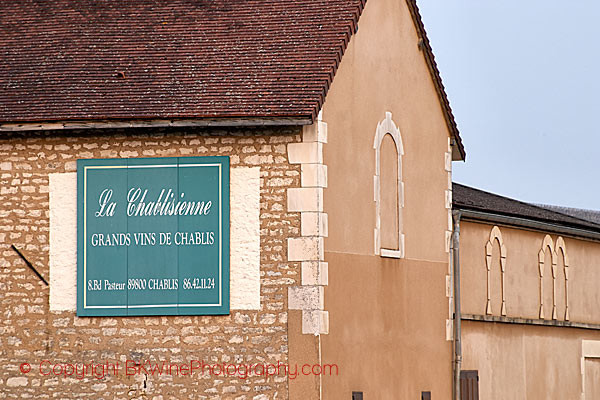
Château Grenouille 2011
~53 euro.
Soft, elegant nose with citrus notes and minerals. Full-bodied, fresh and aromatic on the palate but lacks length. The not-so-great year shines through. A bit expensive.
Château Grenouille 2005
~63 euro.
Incredible barrel ageing and seafood aromas with a nice saltiness, ripe and elegant from a very good vintage. Big, full-bodied, energetic, the flavour has classic Chablis tones. Marries perfectly with the excellent halibut with seafood sauce that Wedholms presents with it. I’m lyrical about the pairing. Very good. Good value!
All these 11 wines will be available in the spring at Systembolaget on some of their lists. Some in the standard range, some on the importer’s on-order range and some only in limited quantity, such as the Château Grenouille 2005, with only 144 bottles. But it is commendable of Systembolaget to purchase small lots of older wines that are a little more expensive but increases the range for the wine drinkers which today are both more discerning and more affluent than before.
(Editor’s Note: A small clarification: In many cases it is not Systembolaget who is taking the initiative to launch these, but it is the importer The WineAgency. A few of them have indeed been bought by the Systembolaget monopoly purchasers. The rest, however, is offered in the so-called “on-order range” which is purely the responsibility of the importer (but sold through Systembolaget). This system must be very hard to understand for someone outside of Sweden, how there can be a monopoly, but one that in practice is not really a monopoly…)
Wilhelm Arnör writes on wine on BKWine Magazine. Wilhelm has been a dedicated wine enthusiast ever since he founded Vincollegiet, a still active wine tasting association at the Royal Institute of Technology (KTH) in Stockholm, in 1976. His day job is running a company in the IT business in Sweden.
